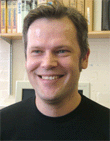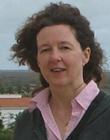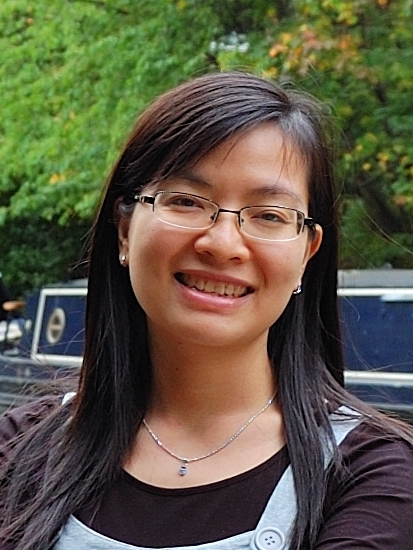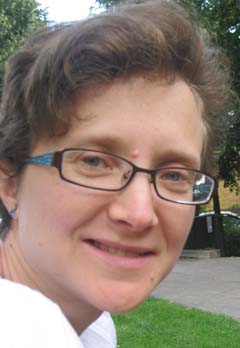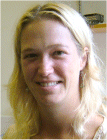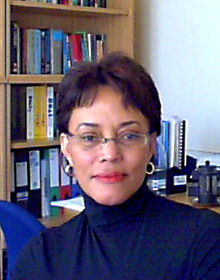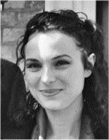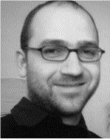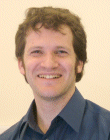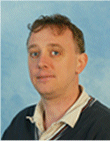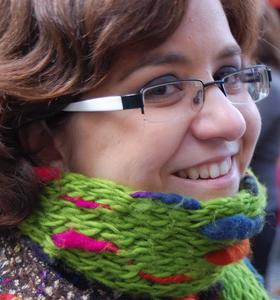
About US
The Natural Language Generation group at The Open University's Centre for Research in Computing is a team of computer scientists and computational linguists working together to develop theories and technologies to support the automatic generation of natural language. Broadly speaking, our work focuses on what we call 'Flexible Information Presentation': generating presentations that are appropriate to the context in which they occur. In particular, we are interested in achieving flexibility with respect to:
- media: incorporating diagrams, pictures, sound and film, rather than being limited to text
- genre: varying the type of text to include – e.g., dialogue as well as monologue, personal letters as well as reports or leaflets or technical summaries, etc.
- audience: tailoring documents to specific types of situations and readership (e.g., health reports for patients vs their doctors), both as regards what to say and how to say it.
- embodiment: integrating language-use with other kinds of behaviour, using representation either through virtual agents or physical robots.
- style: formulating rules that can enumerate all ways of expressing a meaning (given defined resources), and choosing among them by applying stylistic preferences
Our work is supported by funding from national research councils, European research agencies, and industry.
Meetings
We meet every Thursday at 3pm, in Meeting Room 11, 2nd floor, Jennie Lee Building.

